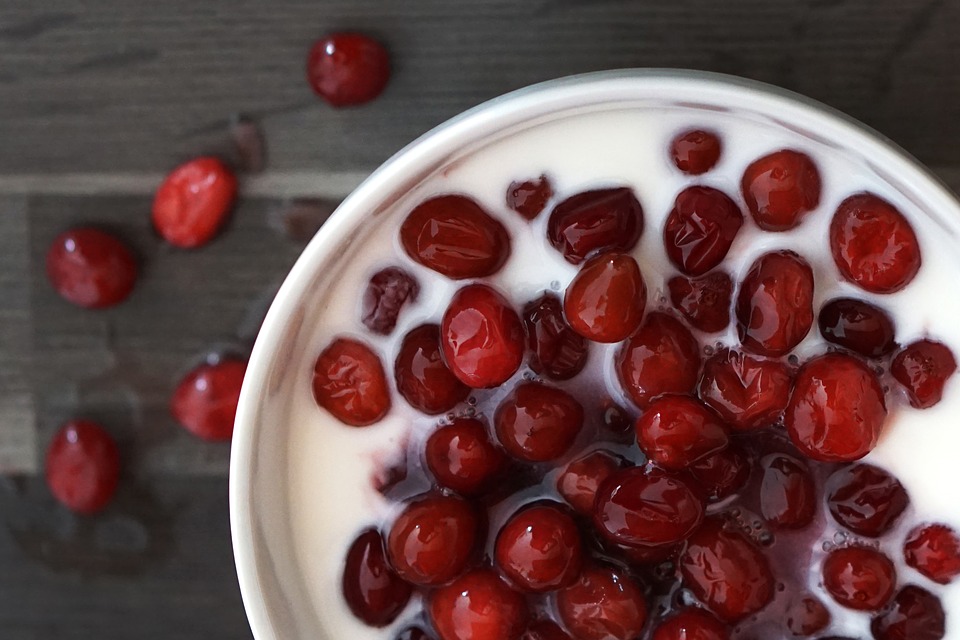Cranberries are a group of evergreen dwarf shrubs or trailing vines in the subgenus Oxycoccus of the genus Vaccinium. In Britain, cranberries can refer to the native species Vaccinium oxycoccos, while in North America, cranberries refer to Vaccinium macrocarpon. Take a look below for 26 more fun and fascinating facts about cranberries.
1. Cranberries are low, creeping shrubs or vines up to 2 meters, or 7 feet, long and 5 to 20 centimeters, or 2 to 8 inches, in height.
2. They have slender, wiry stems that are not thickly woody and have small evergreen leaves.
3. The flowers of cranberry plants are dark pink, with very distinct reflexed petals, leaving the style and stamens fully exposed and pointing forward.
4. The fruit is a berry that is larger than the leaves of the plant; it’s initially light green, turning red when ripe. It’s edible, but with an acidic taste that usually overwhelms its sweetness.
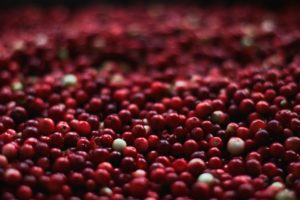
5. Cranberries are a major commercial crop in certain American states and Canadian provinces.
6. The majority of cranberries are processed into products such as juice, sauce, jam, and sweetened dried cranberries, with the remainder sold fresh to consumers.
7. Cranberry sauce is a traditional accompaniment to turkey at Christmas dinner in the United Kingdom, and at Christmas and Thanksgiving dinners in the United States and Canada.
8. Cranberry grows on the poor, acidic soils, such as sandy bogs and marshes, in areas with low temperatures during the summer.
9. The plant was popular and highly prized among Native Americans, who used it as a source of food, medicine and dyes.
10. When European settlers arrived to America, they instantly incorporated cranberries into their diet.
11. Cranberries bloom from May to June. The flowers last 10 to 12 days and attract bees, which are the main pollinators of this plant.
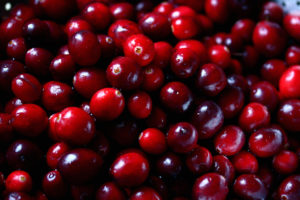
12. Despite widespread belief, cranberries don’t grow in the water. People flood it before the harvest to facilitate collection of the berries and to ensure protection of the plants from the upcoming low temperatures.
13. Cranberries are a good source of dietary fibers, vitamin C and manganese.
14. Americans eat 400 million pounds of cranberries per year. Consumption of cranberries is greatest during the Thanksgiving week. Around 80 million tons of cranberries are eaten during Thanksgiving week.
15. Cranberries are also known as bearberries, because bears also like to eat them.
16. Cranberries were used as a source of red pigment for the coloring of cloth, rugs and blankets in the past.
17. Native Americans used poultices made of cranberries to get rid of poison from a wound inflected with poison arrows.
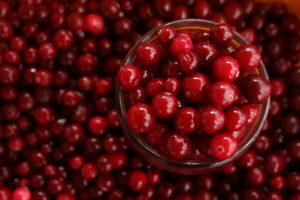
18. Latest medical studies indicate that antioxidants found in cranberries can prevent the development of Alzheimer’s disease.
19. Cranberry is a perennial plant, which means that it lives more than 2 years in the wild.
20. The name “cranberry” comes from the German “kraanbere,” first named as “cranberry” in English by the missionary John Eliot in 1647.
21. Around 1694, German and Dutch colonists in New England used the word, cranberry, to represent the expanding flower, stem, calyx and petals resembling the neck, head and bill of a crane.
22. American Revolutionary War veteran Henry Hall first cultivated cranberries in the Cape Cod town of Dennis around 1816.
23. As of 2016, the European Union was the biggest importer of American cranberries, followed individually by Canada, China, Mexico, and South Korea.
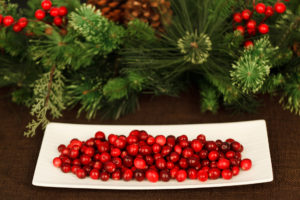
24. From 2013 to 2017, U.S. cranberry exports to China grew exponentially, making China the second biggest country importer, reaching $36 million in cranberry products.
25. In James Rosier’s book “The Land of Virginia” there is an account of Europeans coming ashore and being met with Native Americans bearing bark cups full of cranberries.
26. In Plymouth, Massachusetts, there is a 1633 account of the husband of Mary Ring auctioning her cranberry-dyed petticoat for 16 shillings.

